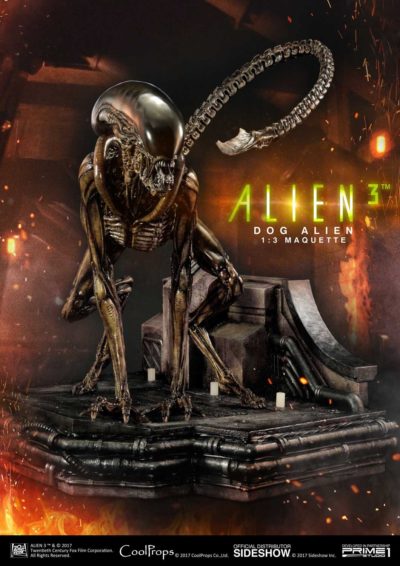It’s been a long time coming for the new Justice League movie in theaters now. There was an attempt at creating a live-action Justice League TV series in 1997 that was filmed but never aired, and then George Miller of Mad Max fame very nearly got a film version of Justice League off the ground in 2007 but for various reasons this movie was cancelled just before cameras rolled. It wasn’t until now, with the latest incarnation of the DC movie universe, that this newest Justice League finally made it to the big screen.
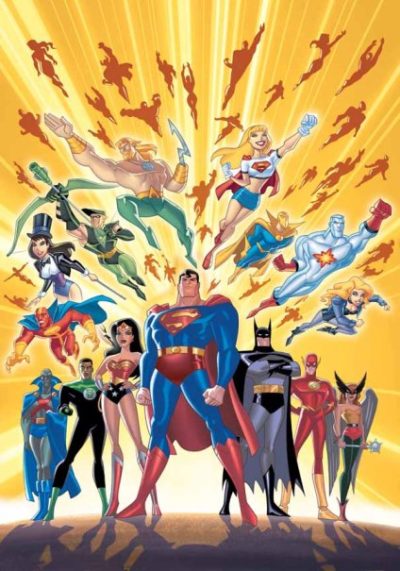 While this Justice League might be the biggest, most notable and most expensive version of Justice League, there was another long-running animated Justice League series that aired from 2001 to 2006 that was one of the best superhero TV series of all time. But since most adult viewers shun animation that doesn’t air Sunday nights on FOX, I’m guessing most viewers, even ones who dig superheroes and comic books, never checked out this show.
While this Justice League might be the biggest, most notable and most expensive version of Justice League, there was another long-running animated Justice League series that aired from 2001 to 2006 that was one of the best superhero TV series of all time. But since most adult viewers shun animation that doesn’t air Sunday nights on FOX, I’m guessing most viewers, even ones who dig superheroes and comic books, never checked out this show.
Justice League, then Justice League: Unlimited was created by animator Bruce Timm and Paul Dini of Batman: The Animated Series fame and aired on Cartoon Network. Characters like Batman, Superman, Wonder Woman, Green Lantern, Flash, Martian Manhunter and Hawkgirl all team up to do battle with villains too tough for any one of them to beat on their own.
And, to be honest, there’s been a million and one of these sorts of animated series — one was even a proto-Justice League show called Super Friends that ran in the 1970s and 1980s. Good guys vs bad guys where the good guys always win and the bad guys always go home crying. Except not in the 21st century Justice League. This series was written with such an adept hand that the characters in the show felt like they had real emotions and were real people. And when one of them, I won’t spoil things, turns out to be a traitor and sells the Earth out to alien invaders the pain that I felt for what had happened was real.
I didn’t think that an animated series could have been better than Justice League. That was until the spin-off series Justice League: Unlimited began airing soon after Justice League.
Let’s put it this way, Justice League was great, but it looks like a warm-up exercise when compared with Justice League: Unlimited.
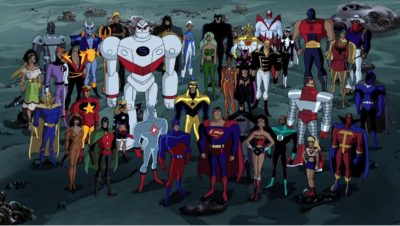 Here, after this invasion there aren’t just a few superheroes in the Justice League, there are literally hundreds. And they orbit the Earth in a massive station to prevent other attacks on the planet before they can happen. The focus shifts a bit from just characters like Superman and Wonder Woman to include the likes of Green Arrow, Captain Atom, Hawk and Dove (brothers who are brilliantly played by Wonder Years TV brothers Fred Savage and Jason Hervey), Black Canary and Huntress to name a few.
Here, after this invasion there aren’t just a few superheroes in the Justice League, there are literally hundreds. And they orbit the Earth in a massive station to prevent other attacks on the planet before they can happen. The focus shifts a bit from just characters like Superman and Wonder Woman to include the likes of Green Arrow, Captain Atom, Hawk and Dove (brothers who are brilliantly played by Wonder Years TV brothers Fred Savage and Jason Hervey), Black Canary and Huntress to name a few.
Things are going great for the League since they’re able to respond to any crisis on Earth almost instantly from their station in orbit. Except when some of the people on Earth begin realizing that these protectors from above might easily become oppressors if anything should ever change they begin forming plans to eliminate the League if the need ever arises. People like Amanda Waller creates a governmental superhero team of her own Task Force X aka the Suicide Squad to keep tabs on what’s going on up in space. Much of this plot turned up in the movie Suicide Squad a few years back that I can only assume originated here.
 When the end came for Justice League: Unlimited it came quickly and without warning — and on a cliffhanger no less! The show had always had its fans but was never a huge hit so when Justice League: Unlimited was finished after two seasons I can’t say I was surprise. Disappointed, yes. But not surprised.
When the end came for Justice League: Unlimited it came quickly and without warning — and on a cliffhanger no less! The show had always had its fans but was never a huge hit so when Justice League: Unlimited was finished after two seasons I can’t say I was surprise. Disappointed, yes. But not surprised.
Don’t get me wrong, I know a lot of people enjoy the live-action superhero TV series that airs on TV these days. But when it comes to story and writing, I don’t think these shows can hold a candle to either Justice League or especially Justice League: Unlimited. Let’s just hope that the story of the new Justice League movie is able to come close.
Currently, both Justice League and Justice League: Unlimited are available on Blu-ray, DVD, and digital download.

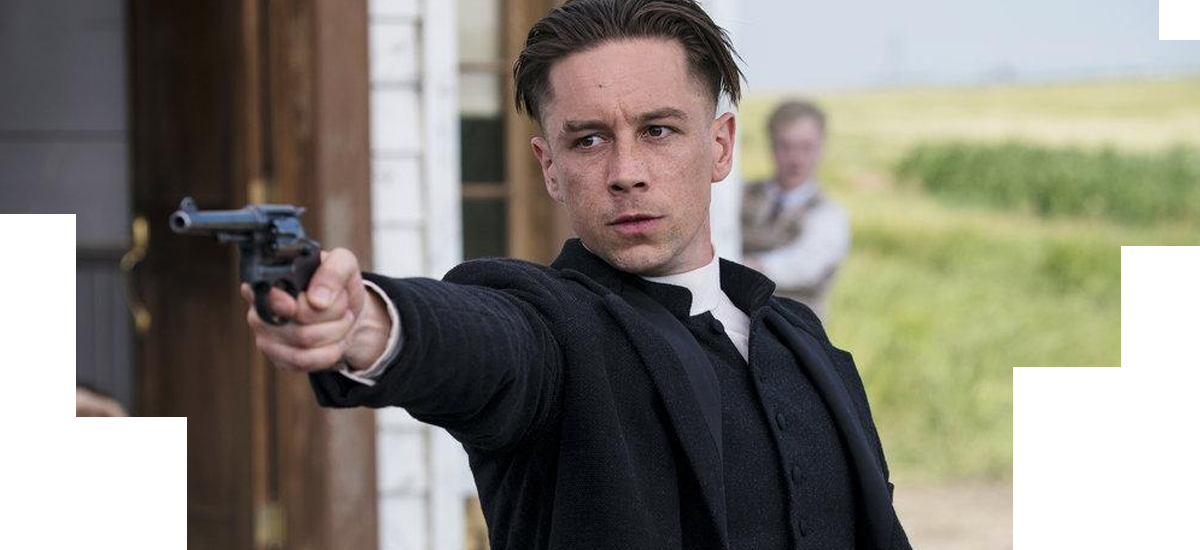
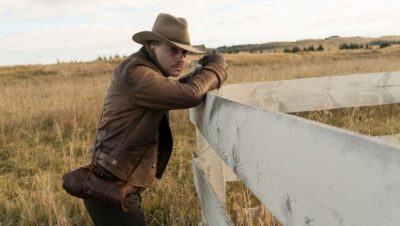 In Damnation, preacher Seth Davenport (Killian Scott) is helping to lead a strike where farmers are keeping their goods from the local towns until they start getting a fair price for their products. Enter Creeley Turner (Logan Marshall-Green), a “cowboy” brought into the area to break-up the strike who shoots first and asks questions later.
In Damnation, preacher Seth Davenport (Killian Scott) is helping to lead a strike where farmers are keeping their goods from the local towns until they start getting a fair price for their products. Enter Creeley Turner (Logan Marshall-Green), a “cowboy” brought into the area to break-up the strike who shoots first and asks questions later. The second unlucky thing to happen with The Others was that there was a successful film of the same name starring Nicole Kidman released in 2001. That movie essentially has erased any mention of the TV series from the web because of its popularity. Try searching for The Others online and most of what you’ll find are mentions of this 2001 film.
The second unlucky thing to happen with The Others was that there was a successful film of the same name starring Nicole Kidman released in 2001. That movie essentially has erased any mention of the TV series from the web because of its popularity. Try searching for The Others online and most of what you’ll find are mentions of this 2001 film.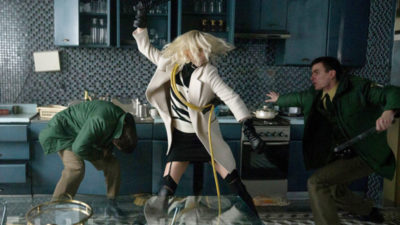 During fights, everyone knows karate and every fight is long, looks planned out and no one ever gets tired while fighting. This worked in The Matrix where everyone did know kung-fu, but in real life fights aren’t as choreographed as they are in movies.
During fights, everyone knows karate and every fight is long, looks planned out and no one ever gets tired while fighting. This worked in The Matrix where everyone did know kung-fu, but in real life fights aren’t as choreographed as they are in movies.

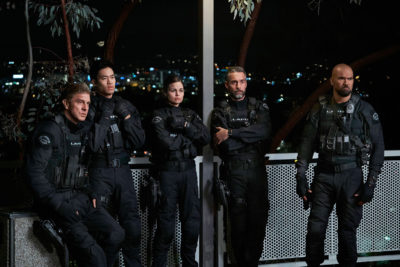 Starring a scowling/frowning Shemar Moore – TV’s Vin Diesel – as Daniel ‘Hondo’ Harrelson, this new S.W.A.T. takes place in a very modern LA where police offers are often judged by decisions they have to make in an instant. Which, because of the sensitivity of the issues being tackled in S.W.A.T like police shooting unarmed civilians needs to be handled with a delicate touch. Of which S.W.A.T. approaches with the delicate touch of a sledge hammer.
Starring a scowling/frowning Shemar Moore – TV’s Vin Diesel – as Daniel ‘Hondo’ Harrelson, this new S.W.A.T. takes place in a very modern LA where police offers are often judged by decisions they have to make in an instant. Which, because of the sensitivity of the issues being tackled in S.W.A.T like police shooting unarmed civilians needs to be handled with a delicate touch. Of which S.W.A.T. approaches with the delicate touch of a sledge hammer. Over the years I’ve written a lot about the movie Starship Troopers. Probably too much for a movie that upon its release was denounced by most and quickly forgotten. Over the years there has been a bit of appreciation for Starship Troopers develop, but not as much as I’d thought there would’ve been when I saw it 20 years ago.
Over the years I’ve written a lot about the movie Starship Troopers. Probably too much for a movie that upon its release was denounced by most and quickly forgotten. Over the years there has been a bit of appreciation for Starship Troopers develop, but not as much as I’d thought there would’ve been when I saw it 20 years ago.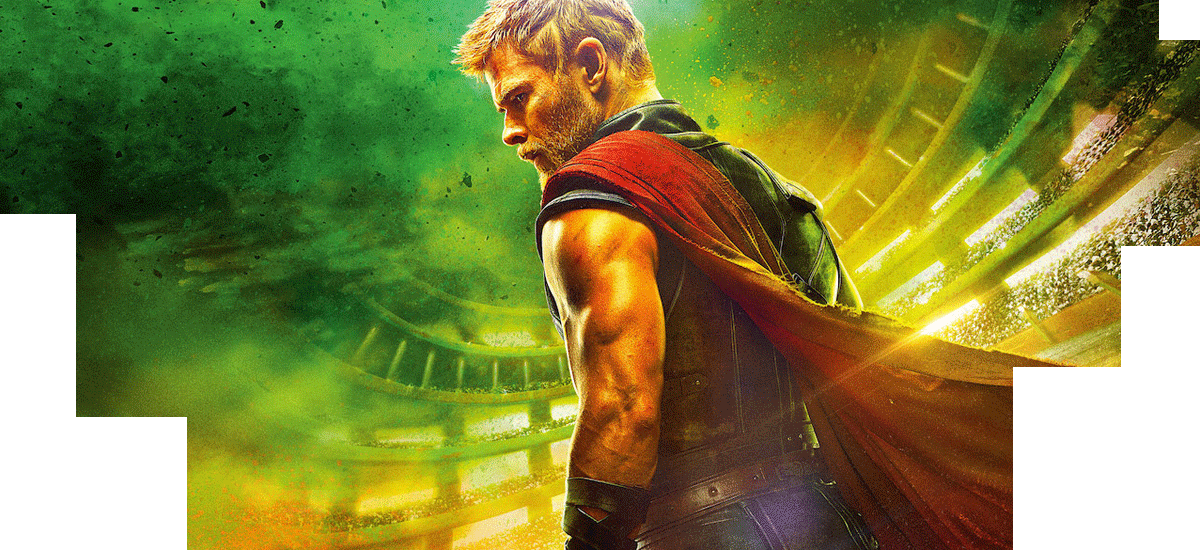
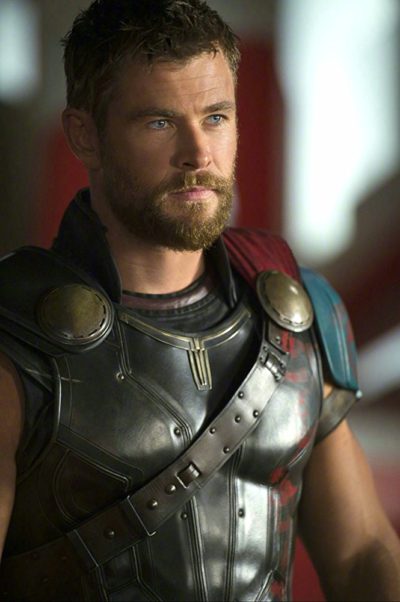
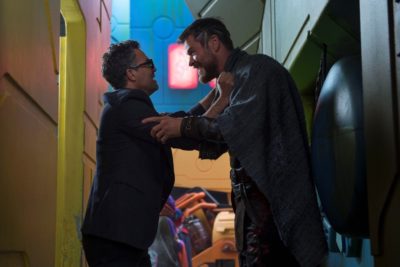
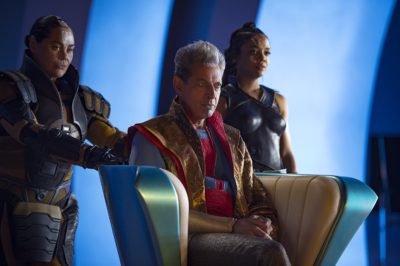

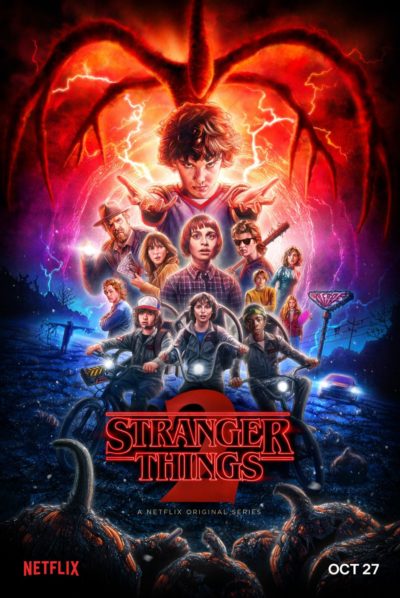 To me a “cultural phenomena” is some movie, TV series or song that practically everyone is aware of, even if they may have not ever seen or heard it. In the 1990s I was aware of the series Seinfeld, knew what channel it was on and what actors were involved even if I didn’t start watching it until the show was in syndication years after it became popular. And that goes for a lot of TV series that are cultural phenomena these days too. I’d say series like Game of Thrones and The Walking Dead are phenomena in that I’d assume just about anyone who watches TV on a regular basis is aware of these two shows, even if many people have never actually watched an episode of them.
To me a “cultural phenomena” is some movie, TV series or song that practically everyone is aware of, even if they may have not ever seen or heard it. In the 1990s I was aware of the series Seinfeld, knew what channel it was on and what actors were involved even if I didn’t start watching it until the show was in syndication years after it became popular. And that goes for a lot of TV series that are cultural phenomena these days too. I’d say series like Game of Thrones and The Walking Dead are phenomena in that I’d assume just about anyone who watches TV on a regular basis is aware of these two shows, even if many people have never actually watched an episode of them.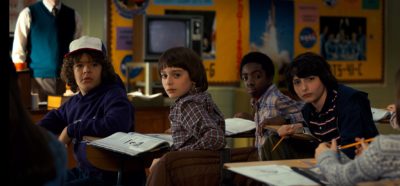 What I think works best about the first season of Stranger Things
What I think works best about the first season of Stranger Things In the second season, it’s about a year after the first and everything’s returned to normal in Hawkins. Well, mostly everything. Will’s (Noah Schnapp) returned to the fold except he’s still experiencing visions from the “upside down” where he was most of the first season, Mike’s (Finn Wolfhard) grades are falling since he’s still trying to find Eleven (Millie Bobby Brown) and Nancy’s (Natalia Dyer) dealing with her friend Barb’s parents who’re selling their house to pay for a detective to search for her.
In the second season, it’s about a year after the first and everything’s returned to normal in Hawkins. Well, mostly everything. Will’s (Noah Schnapp) returned to the fold except he’s still experiencing visions from the “upside down” where he was most of the first season, Mike’s (Finn Wolfhard) grades are falling since he’s still trying to find Eleven (Millie Bobby Brown) and Nancy’s (Natalia Dyer) dealing with her friend Barb’s parents who’re selling their house to pay for a detective to search for her.
